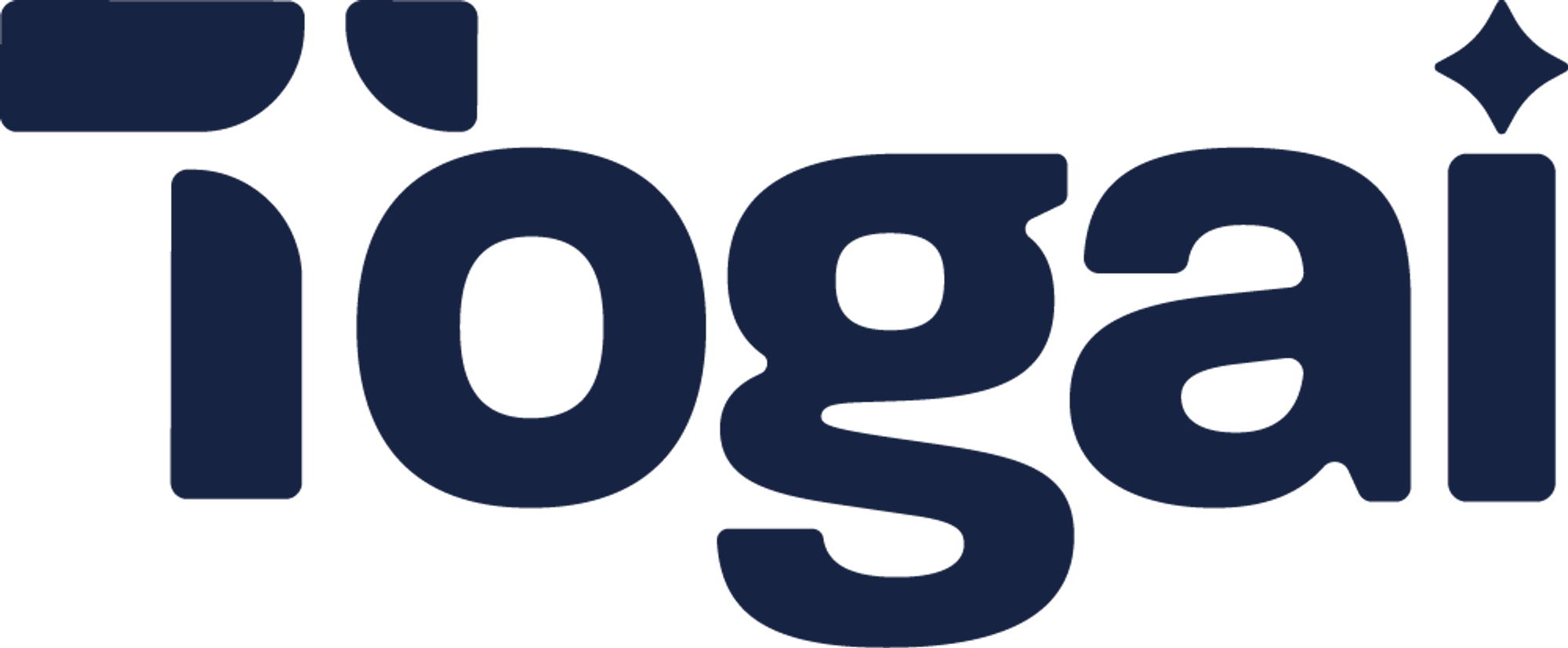This section is not related to payment processing via payment gateways like Stripe or Adyen. That is explained under the integrations tab
How are payments recorded within Togai?
There are 2 ways of recording a payment in Togai -Mark as paid
This means every DUE invoice or an order has an option to be marked as Paid. This can be initiated or automatically using payment gateway triggers.Recording a payment entry
Payments can also be recorded separately for every account or account group. Here, you can provide all the transaction details and payment instrument to keep track of the payment entries as a ledger balance.Wallet
The 2nd option mentioned above (recording a payment entry) is treated as a wallet. The main properties of a wallet are the ability to hold a balance and then be able to add to it or remove from it in the form of transactions as it happens in a ledger. You can use this feature to model a pre-paid/advance wallet for your customers who can fund this and hold an advance amount. This amount can be kept in the wallet itself or utilized to net-off against pending DUE invoices or added as a new credit entry that does not expire to the customer’s account.When netting off against an invoice, you can also choose which invoice to net off the wallet balance against.

Wallet flows
Wallet flow
- Customer makes payment as advance
- This is recorded as a wallet balance (can also be automatically triggered from a payment gateway flow)
- This can be assigned to an ongoing or due or partially paid invoice

